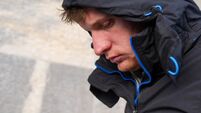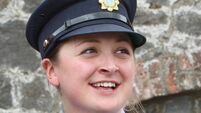Doctor 'addicted to killing'
Shipman may have been "addicted to killing", according to High Court Judge Dame Janet Smith, whose report into the case is highly critical of the way the family GP was able to murder so many patients over such a long period without being caught. Dame Janet's report into Shipman's killings said that he began his murder spree in 1975, just a year after entering practice in Todmorden, West Yorkshire.
By the time he was finally arrested in 1998 he had killed 215 patients and there was a "real suspicion" that the doctor, from Hyde, Greater Manchester, could have claimed another 45 victims. Dame Janet's shocking conclusions confirm Shipman as one of the world's deadliest serial killers. The report said that systems which should have safeguarded patients against misconduct failed and that it was "deeply disturbing" his killings did not arouse suspicion for so many years. Commenting on what prompted Shipman, Dame Janet said there was evidence he had been addicted to the painkiller pethidine in the 1970s.














